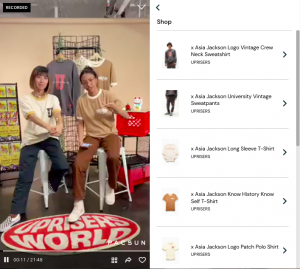
WordPress is a fantastic tool, but thanks to the WordPress community there are some really amazing plugins to make it even better.
The most popular WordPress e-commerce plugin on the market, WooCommerce was launched in September 2011 by WooThemes. It is a free, open source WordPress plugin, allowing you to sell anything you want with ease. Regularly updated and thus secure, it has hundreds of extensions to enhance it and it is very user friendly.
Here we show you how to get started with this fantastic plugin.
Set up
Once you are set up on WordPress, you need to download and install the WooCommerce plugin. In admin go to: Plugins > Add new > Search for WooCommerce > Click Install now.
You then need to fill in the content, with things like products and categories. Go to the Products section of the admin area.
Once you have populated your products and categories, you should test your store. Go through your products, add different ones and make sure they are in the right area. You can also test the payment gateway without making real payments, by using a Paypal sandbox account.
What Can WooCommerce Do?
Obviously the main purpose of WooCommerce is to sell products. In the product section you can manage your store and publish different kinds of products.
Simple Products are the default. They have straight forward components like price, description, gallery and add to cart.
Variable Products enable you to add variations to your products, such as size and colour.
Digital / Downloadable Products are a product type available only for Download, like digital books and apps.
Grouped Products are products that are related but can also be purchased individually. Grouped Products can only consist of Simple Products.
External / Affiliated Products are listed on your website, but are sold elsewhere. For example, a popular accessory that you do not supply but that a partner provides.
The Cart System
WooCommerce has a simple, customer friendly cart system that works like every other e-commerce store: add product to cart, proceed to checkout page, fill in form, send order. Easy.
Dealing With Orders
When a customer completes the checkout process, orders are visible to the Shop Manager and Admin. There is a management table that gives information about each order, including order ID, time, price and status.
As well as managing orders you can also create reports, showing how many products you have sold within certain time parameters, for example.
Worried About Shipping rates?
There is no need to worry about this, simply install a shipping extension and that will do all the hard work for you. Shipping extensions can be found here.
What About Cash Flow and Payments?
With over 120 official payment gateway extensions on the market, WooCommerce offers a range of extensions that will take care of that. Find them here.
With WooCommerce you will soon be ready to sell your products, and if you get stuck WooCommerce offers support in the form of chat forums, video tutorials and more. Technicians are ready to resolve issues with a great deal of developers in the market who are supporting this plugin on a monthly basis.
Digital & Social Articles on Business 2 Community(118)








